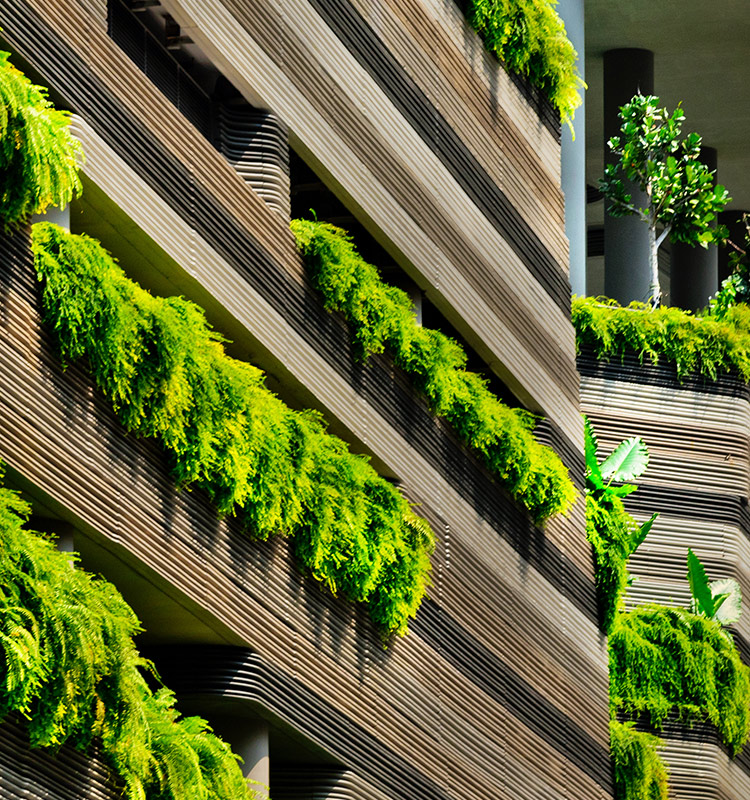You are now reading:
Decarbonising the built environment

Your go-to sustainability guide. Get your customised report today by taking the quiz now.
Take the quizyou are in Industry Insights


You are now reading:
Decarbonising the built environment
Decarbonisation as the next business opportunity. Businesses who incorporate sustainability into their operations can open doors into new business areas with better access to green financing. For example, green projects may only pre-qualify project developers who possess building development track records.
There are evidences supporting the investment viability for buildings to go green. The benefits of a green building includes (i) allowing landlords to command a rental premium; and (ii) lower vacancy rate with tenants wanting to lease space at green buildings.
Building owners need to assume an active role when they want to greenify their assets. Tackling an asset’s carbon footprint will require building owners to identify areas for improvement and having a commercially viable execution plan that minimises disruption to the asset’s daily operations.
Embodied and operational carbon are intimately connected. Building owners will need to adopt a whole life carbon assessment in order to make an informed decision that will effectively reduce an asset’s overall carbon footprint. There will be instances where building owners will need to balance the trade-off of incurring more embodied carbon upfront to reduce operational carbon over the asset’s life cycle.
Building owners will need to be properly advised in order to mitigate the risk of greenwashing. This will involve working with the ecosystem stakeholders, from financial institutions, real estate advisory firms to their supply chains, in identifying unambiguous principles delineating the boundaries of what can be considered green.
Building owners looking to greenify their assets can find out more details by visiting our webpage here.